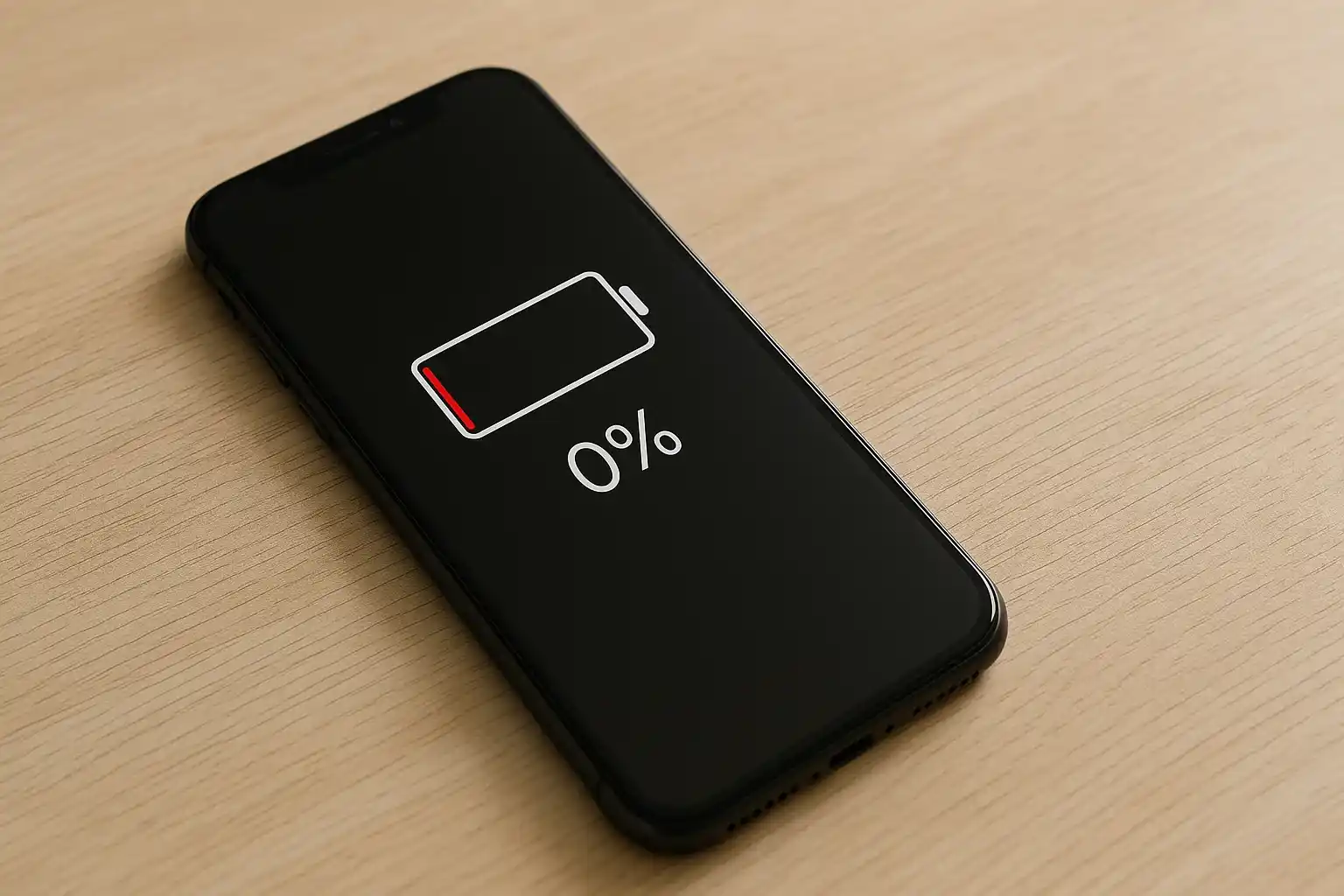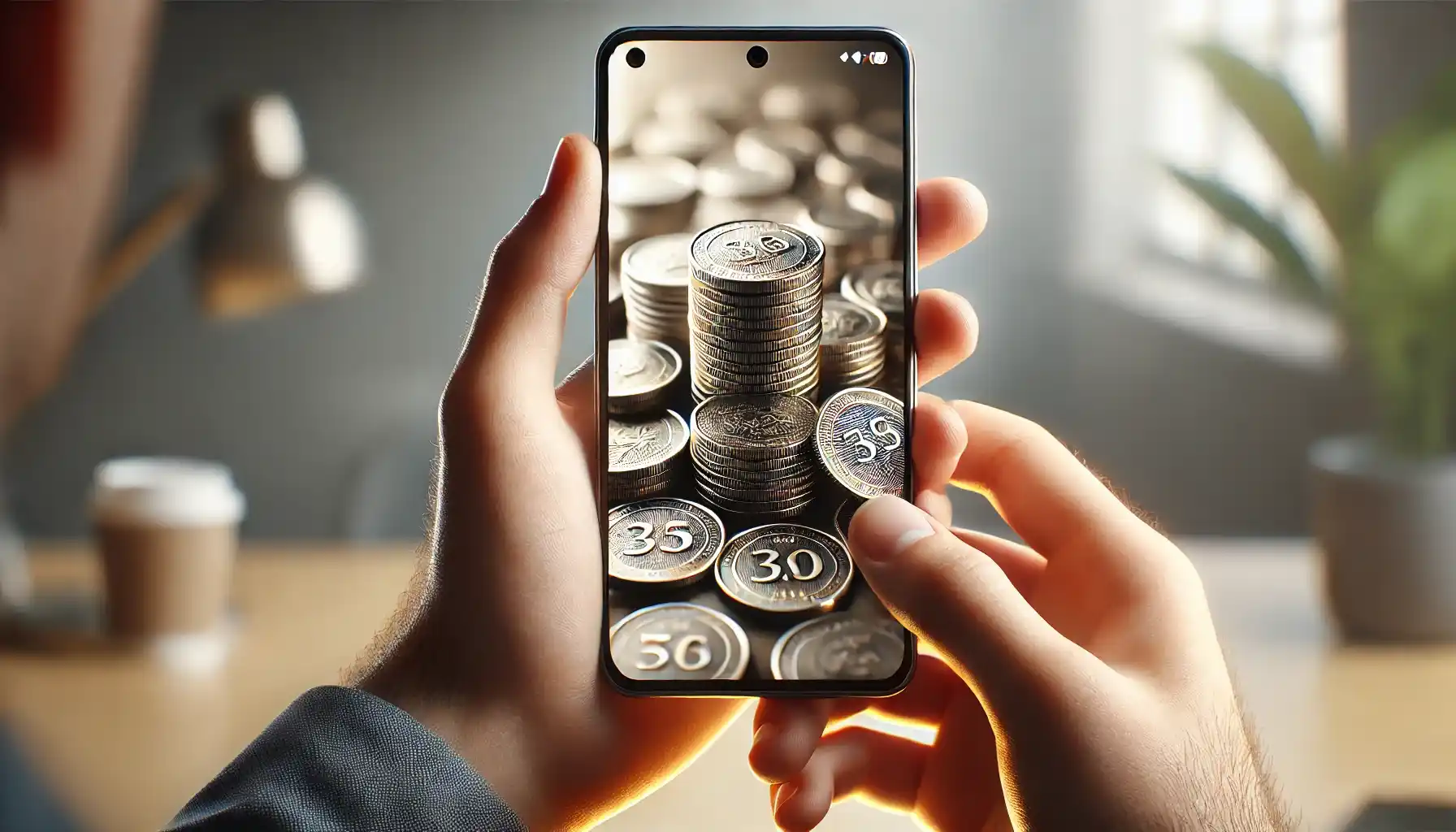Today, we don’t just use apps – we rely on them. They accompany us from morning to night: they help us work, navigate the city, keep up with the news, and organize our everyday life. And the more familiar they become, the fewer questions we ask them.
We trust interfaces, ratings and buttons without thinking about what is behind them. Sometimes this is harmless. And sometimes not so much. Even power users continue to believe in patterns: that a high rating is a guarantee of quality, that a minimum of pop-up notifications and requests means the app isn’t collecting user data, and trackers are always about boundary violation and snooping. Meanwhile, many people look for instructions like “how do I put a tracker on my kids phone” without thinking about what data will be collected, how, and by whom.
The world of apps is not new anymore, but there are still plenty of myths out there. And today we are going to analyze some of them – the ones that even advanced users still believe in. So let us find out where they come from and how things really are.

Myth 1: “If an App Has a High Rating, It Must Be Reliable”
Well, we all used to think that a 4.8-star rating in the App Store or Google Play feels like objective truth – a stamp of approval from thousands of users. But the reality is more complicated, as early in an app’s life, reviews can be manipulated. Developers sometimes use incentivized ratings or even pay for positive feedback. The first 1000 reviews? Please note that they might not be genuine at all.
According to research by The Verge and Sensor Tower, dozens of top-rated apps used review farms to boost initial customer appeal. Meanwhile, lesser-known apps with a modest 3.9 rating can offer great user interfaces, flawless performance, and excellent customer support – they just don’t game the system.
Tip: Don’t just look at the number. Read the latest reviews. Have people complained about crashes since the last update? Has the developer responded? Is the app updated regularly? High ratings aren’t everything, the most important thing is consistency.
Myth 2: “If an App Doesn’t Ask for Permissions, It Collects Nothing”
App permissions are the primary trust mechanism for many users today. If an app doesn’t pop up asking for location or camera access, it must be secure… right? Unfortunately, this logic doesn’t always work.
Many apps rely on third-party SDKs (software development kits) that can access metadata through system-level APIs without asking you directly. Telemetry data, device information, app usage habits, and even indirect behavioral indicators can be collected even without your knowledge.
For example, some custom keyboards record data about what you type – not the content itself, but metadata such as time, language patterns, and sentences pressed. And then this data is often sold to marketing networks.
Lifehack: Want to know what’s really under the hood? Use tools like AppCensus or Exodus Privacy to scan Android apps to see what SDKs they contain and what data may be leaving your phone.
Myth 3: “If the App Is Not from Google Play or App Store, It’s Unsafe”
Many users believe that downloading apps from outside the official app stores means they could be in trouble with malware. This myth has a long history and was shaped by years of antivirus warnings and scary stories about rogue APKs. And yes – sideloading can be risky if you are careless. But the idea that every app outside of the Play Store or App Store is automatically malicious? That’s an inaccuracy that should be discarded.
There are actually many legitimate reasons why great apps are only available through alternative channels. Some are regionally blocked due to licensing issues. Others are restricted by platform policy. For example, YouTube Vanced, a wildly popular app offering advanced YouTube features like ad blocking and background playback, was removed from the Play Store because of obvious business conflicts, not because it was dangerous, or take Telegram X, an experimental version of the main Telegram app that temporarily existed outside of official platforms.
The key point is how you do the sideloading. If you grab APKs from questionable forums, you are playing with fire. But if you’re using trusted repositories like F-Droid or verified GitHub releases and verifying them with security tools, you are likely in good hands.
Tip: Always check third-party apps with tools like VirusTotal before installing them. And choose open source projects whenever possible – they are often more transparent and thoroughly reviewed by the security community.
Myth 4: “Trackers Always Mean Surveillance”
Well, honestly saying, few categories of apps carry as much baggage as tracking tools and their name alone is alarming.
The first abuses – invasive spyware posing as parental control apps, for example – poisoned the well. Add to that headlines about data breaches and unauthorized monitoring, and it is no wonder that many people still believe that “tracker” = “stalker.”
But the situation has changed. Today, ethical trackers are built on consent, transparency and functionality rather than control. One example is Number Tracker, which flips the script: it allows families, teams or partners to stay in touch only when they themselves want to.
Just real-time location updates as a Plan B – when the teenager is delayed on the street, or the grandparents have forgotten their route. Modern trackers are less about “where are you now?” and more about “let me know you are safe”.
Lifehack: Think and discuss the location sharing tools like shared calendars – you opt-in, use them purposefully, and turn them off when you don’t need them. It’s not about control, it is about your confidence.

Myth 5: “Apps Drain Battery — Especially in the Background”
Many people really had firsthand knowledge of this problem and it came about in the early 2010s when both Android and iOS were struggling with power management. Back then, a poorly optimized app running in the background could destroy your battery by lunchtime. But since then, both operating systems have introduced strict controls on background activity.
Modern applications (especially location-based ones) are now designed with energy efficiency in mind. OS-level throttling, adaptive battery modes, and app hibernation turned background operations into quiet guests rather than energy-hungry gremlins.
Still worried? Just keep an eye on actual usage: you might be surprised to learn that TikTok, Instagram, and Chrome often consume far more power than navigation apps or calendars. In fact, according to the Mobile Metrics Report 2023, most geolocation apps consume less than 3% of a day’s battery power, even with passive use.
Smart tip: Go into your phone’s battery settings and sort apps by usage. Often the culprits are not quiet utilities, but loud entertainment programs.
Breaking Patterns – and Renewing Our Thinking
Myths about apps persist not because they are true, but because they are convenient. They allow you not to dig in, not to double-check, not to complicate your life. But in a digital world where one wrong touch can cost data, trust, or time, that’s a luxury. So ask questions, research topics, and use apps wisely so you don’t fear new technologies, because true digital literacy comes from knowledge and the ability to distinguish truth from manipulation.




